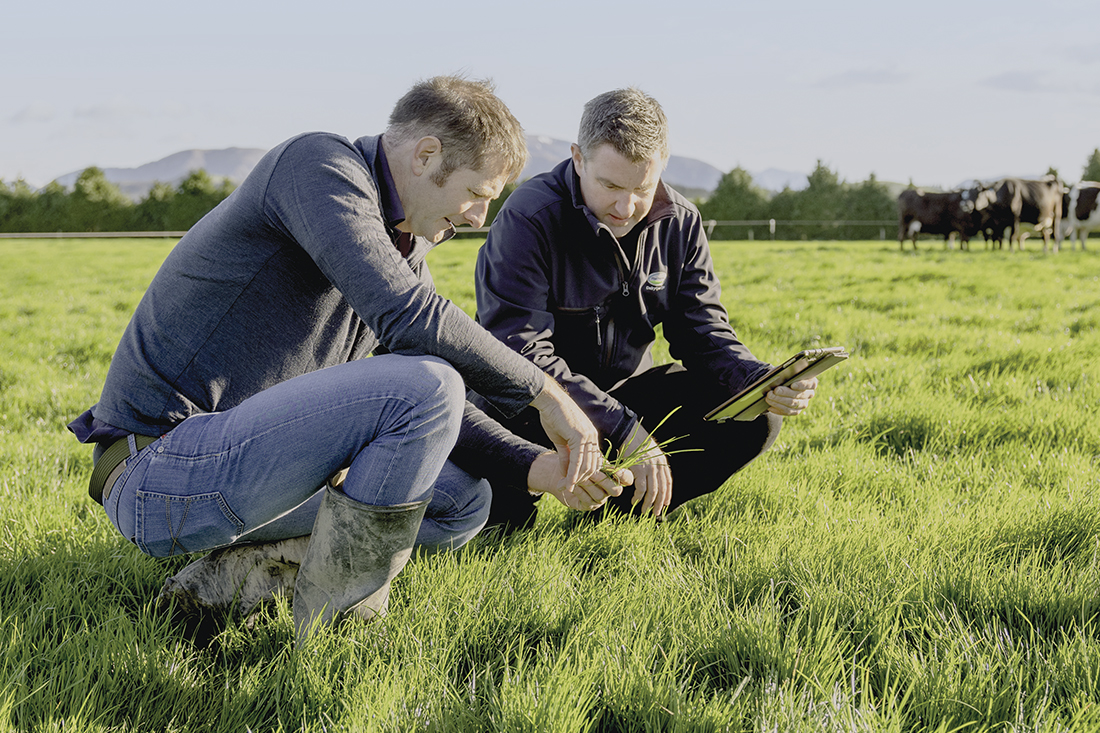A great mating season can gear up the farm for a productive year ahead and beyond.
Ensuring your cows have the best nutrition available during transition and early lactation can significantly impact the success of mating and ongoing milk production. Quality nutrition underlies two of the crucial factors that contribute to a great mating season: body condition scores (BCS) and excellent pasture management.
Ideal body condition scores – why calving bcs of 5-5.5 is so important
Managing body condition loss in early lactation is vital for setting cows up for successful mating. Post-calving, a cow does not reach peak intake until 10-12 weeks, whereas peak milk production occurs 6-8 weeks after calving. During this time, cows rely heavily on body reserves, mainly fat, to meet energy demands, leading to noticeable condition loss, especially in the first 10 days when up to 0.5 BCS units can be lost. This continues for about eight to 10 weeks until energy intake matches output. Genetics and condition at calving play a big role in this loss, with some cows mobilising 2-3 kg of body tissue daily. While it can take time for increased feed intake or reduced milking frequency after calving to show a noticeable impact on body condition, these management practices can help cows reach the point where condition loss stops sooner, reducing condition loss and improving reproductive outcomes. To support recovery and fertility, cows should ideally lose no more than 1 BCS unit from calving to mating, aiming for a minimum BCS of 4.0 by the planned start of mating.
How can I assist cows that didn’t calve at the target bcs or lost excessive weight post-calving?
Assess the herd after calving and identify any animals that are light and need an extra hand to gain a body condition score. From here, you can take steps to increase energy intake or reduce energy expenditure or both for those lighter cows. Splitting the herd based on condition can help you to differentiate feed and milking approaches. You may need to provide supplementary feed and/or reduce milking to once-a-day.
Quality pasture is key
Maintaining high-quality nutrition for your cows is critical to ensuring target body condition scores are reached. The cheapest source is pasture. Effective spring management means managing feed allocation, optimising residuals and spotting pasture surpluses early and using tools like the spring rotation planner and feed budgets to remove the guesswork and reduce stress though a busy time.
